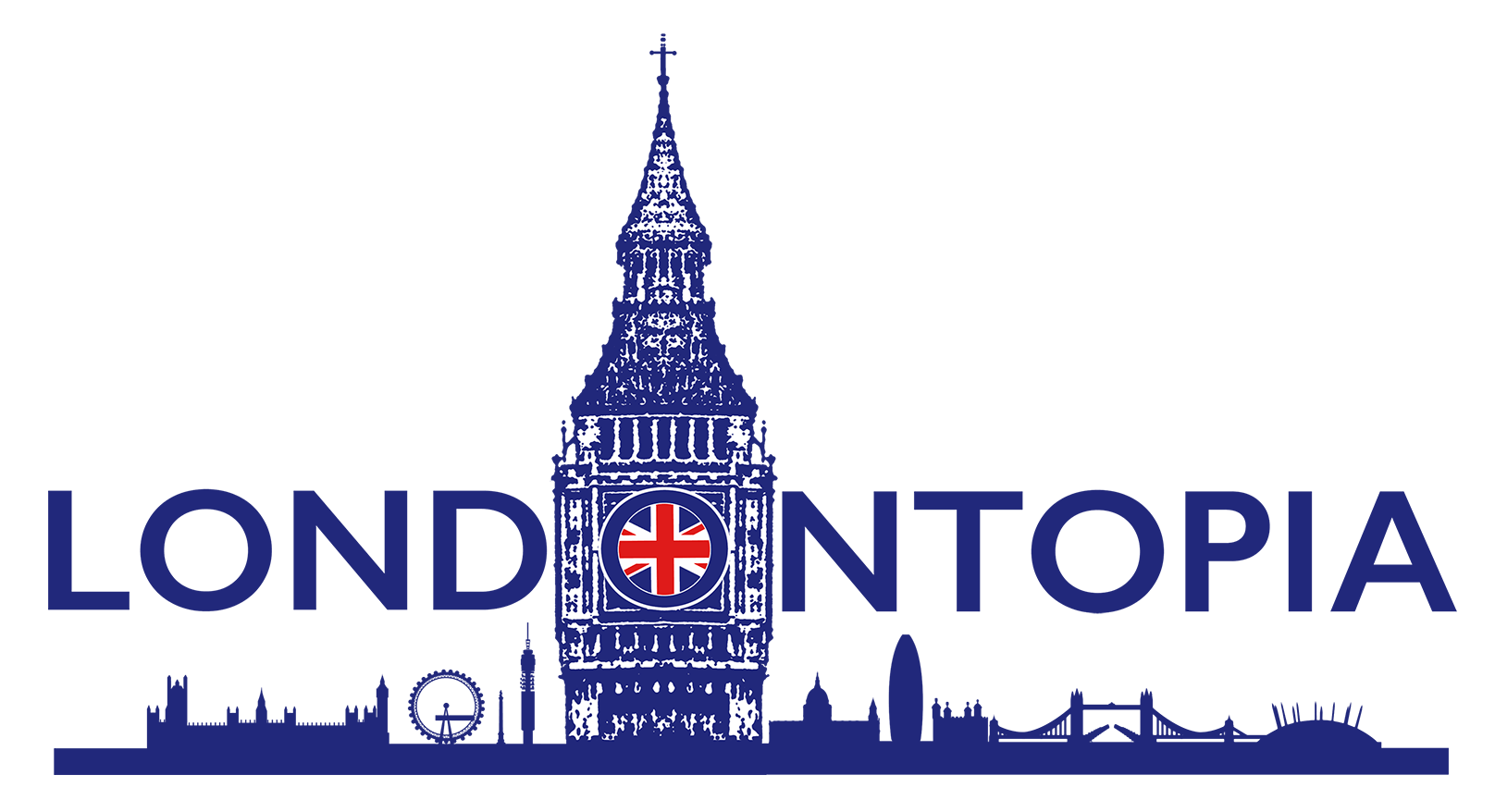Named for Prince Albert, a lover of the arts and sciences, the Royal Albert Hall is one of the premiere concert venues in the United Kingdom. Long before it achieved this honoured status, the property on which the RAH would sit was the Gore Estate in South Kensington. Following the Great Exhibition which was organised by Prince Albert and Henry Cole, Albert wanted to keep the themes of the Exhibition going and establish permanent venues for cultural, artistic, and scientific exhibitions in London. The area south of Hyde Park where such places as the RAH, the Victoria and Albert Museum, the Science Museum, and the Natural History Museum would become known as Albertopolis in his honour.
On Albert’s advice, the Exhibition’s Royal Commission purchased Gore Estate with profits from the Exhibition and began to develop the land. However, the process was very slow and the man who inspired it died in 1861. Following Albert’s death, Queen Victoria would wear black and keep to herself for the rest of her life, so when she came out to lay the foundation stone for the RAH in 1867, it was one of her rare public appearances. She placed an inscription and coins onto a glass bottle that went under the foundation stone and proclaimed that “It is my wish that this hall should bear his name to whom it will have owed its existence and be called The Royal Albert Hall of Arts and Sciences.”
Captain Francis Fowke and Major-General Henry Y.D. Scott of the Royal Engineers were the primary architects on the RAH and were heavily influenced by ancient amphitheaters. The building was constructed by Lucas Brothers Builders and owes its distinctive colour to the Fareham Red bricks and terra cotta block decoration, which was made by Gibbs and Canning Limited. The dome followed the style of the Victorian period and was made of wrought iron and glaze by Ordish & Gover, who had constructed the roofs for St. Pancras and Charing Cross stations. The mosaic frieze near the top was designed several sculptors to represent the scientific and artistic contributions of many nations. The tiles were manufactured by Minton, Hollins & Co. and arranged by the women’s mosaic class from the South Kensington Museum, which is now the Victoria and Albert Museum.

The interior was initially lit by gas and the system that powered them could light them all in less than ten seconds. The organ, designed by Henry Willis, provided both a striking feature and impressive tones. The Royal Albert was completed by Christmas, 1870 and held its Opening Ceremony on 29 March 1871. It was at this time that some of the hall’s acoustic problems became immediately apparent. Prince Edward gave a speech to commemorate the event as Queen Victoria was too moved to speak, though later commented that the hall reminded her of the British constitution.
The hall was immediately put to use as a venue for the arts and sciences. It became the founding site for the Royal Choral Society, hosted the London International Exhibition of Fine Arts and Industry, and served as the site of the state reception for the Shah of Persia in 1873. Beginning in 1889, Sunday Concerts became regular events and remained so for the next six decades. In 1890, Sir Henry Morton Stanley gave a speech at the Royal Geographical Society’s meeting in the hall, where he spoke no his adventures in Africa and finding Dr. Livingtstone. The next year, the RAH hosted what is considered to be the first Science-Fiction Convention (though it’s unknown if anyone cosplayed).
Moving into the 20th Century, the hall saw a variety of uses for concerts, political party conventions, suffragette meetings, and other important cultural events. During World War I, it was the sight of fundraising concerts. In 1936, there was a large rally to celebrate the centennial of Joseph Chamberlain’s birth and the British Empire. During World War II, the RAH suffered damage during the London Blitz, but was fortunate enough to remain standing and mostly intact. In the ensuing decades, the Royal Albert Hall has continued to remain one of Britain’s top spots for concerts and events, from the Proms to the 25th anniversary performance of Phantom of the Opera.



What is the Proms of which you are referring?
The annual classic music festival put on the by the BBC that culminates in the ‘Last night of the Proms’ – look it up on YouTube: http://www.bbc.co.uk/proms
It’s a lovely building. I had never been there, but I was lucky to see the screening of Titanic Live in April of this year. The late James Horner (RIP) and James Cameron were in attendance. A very exciting night!